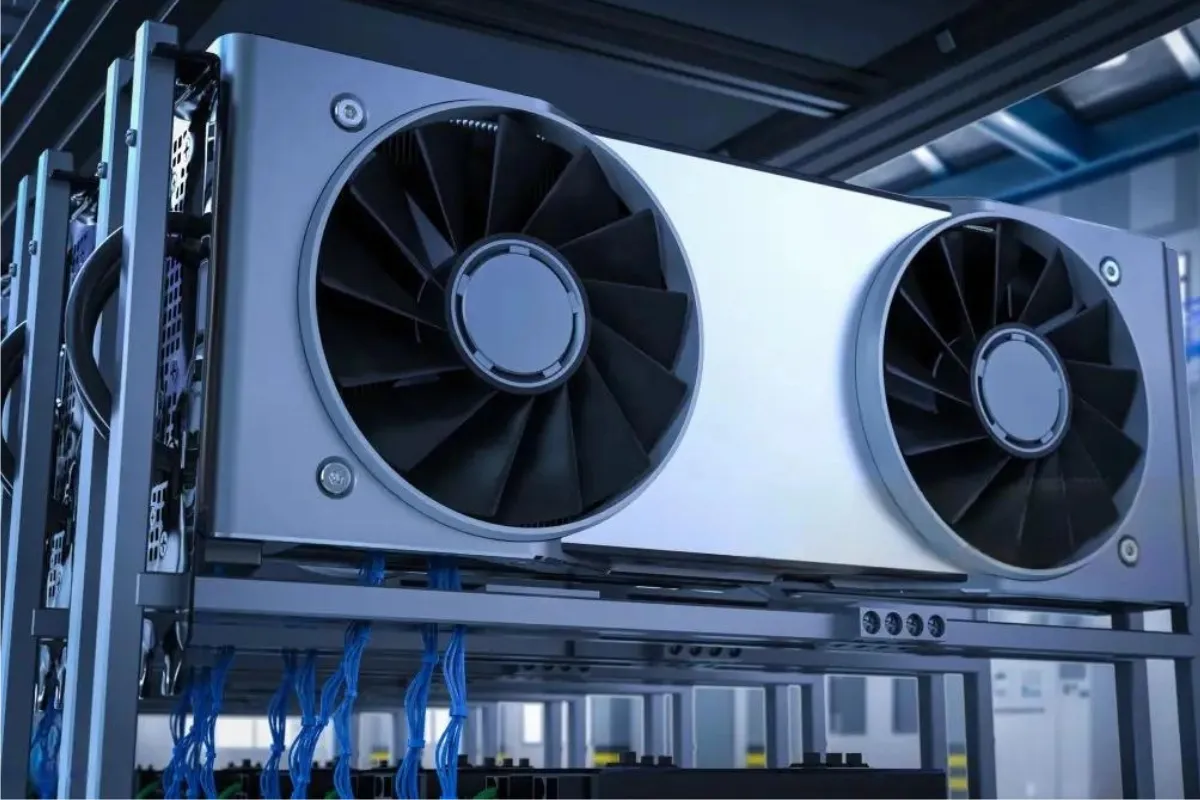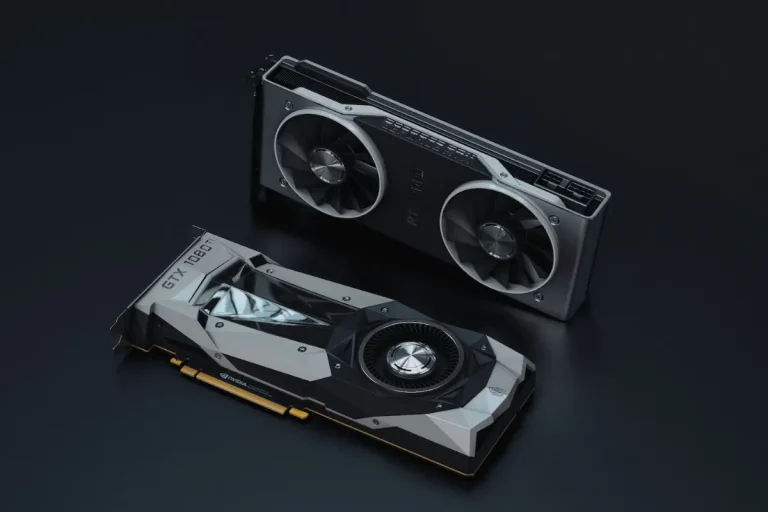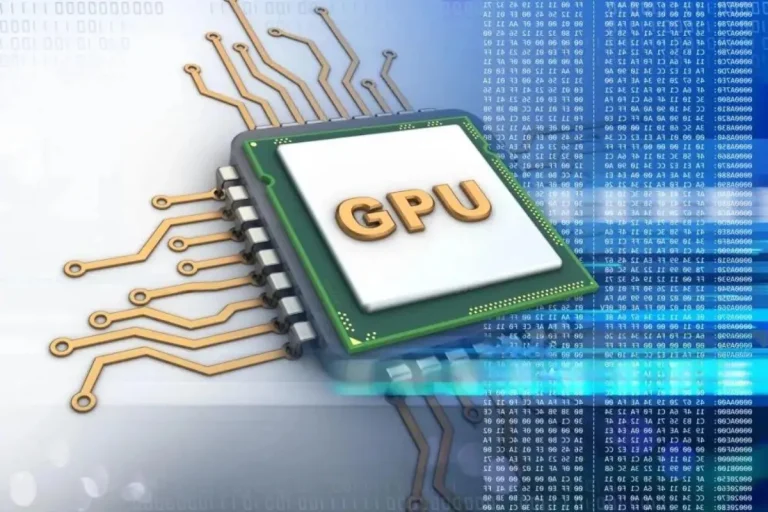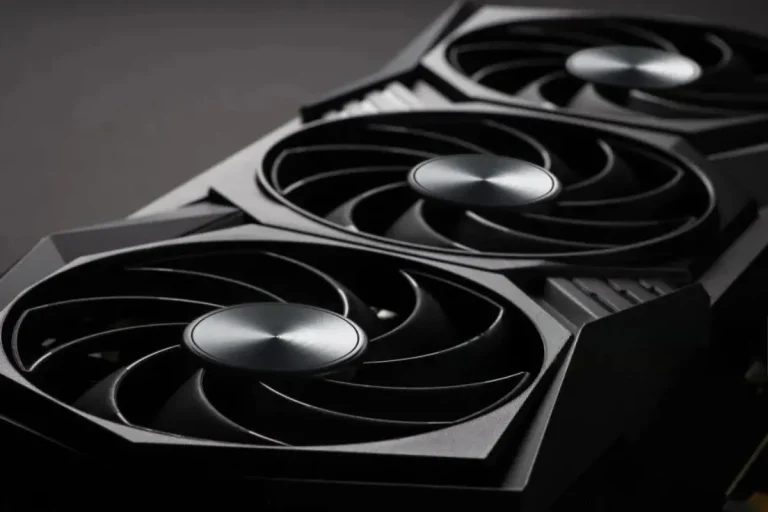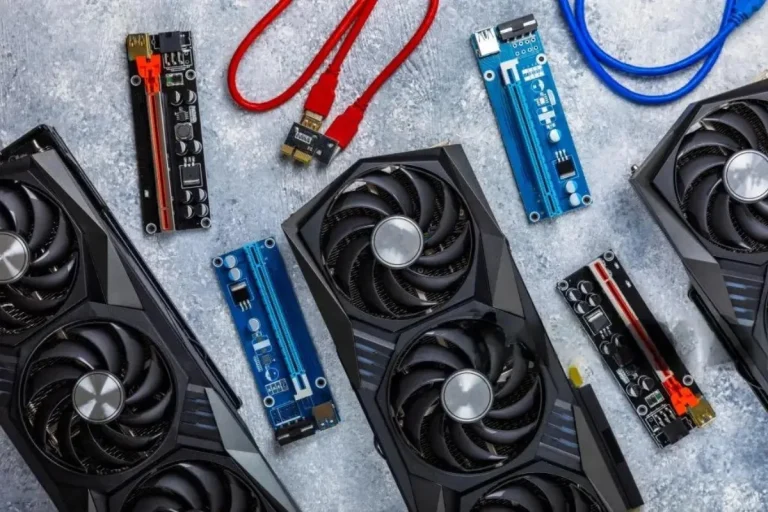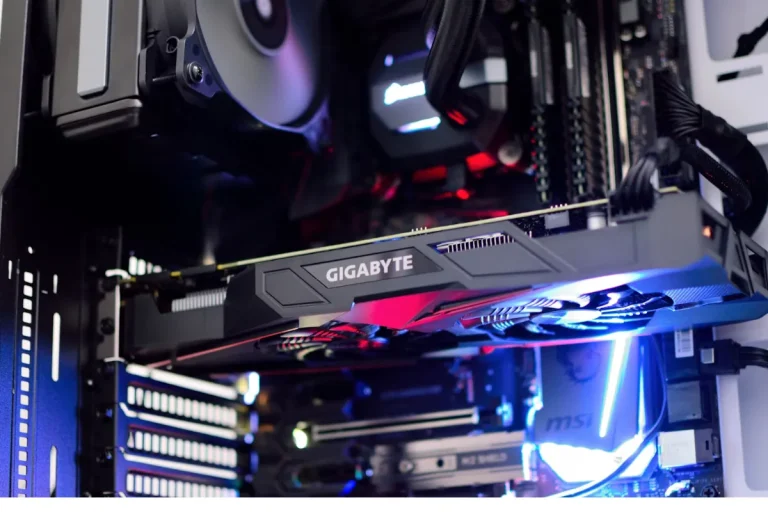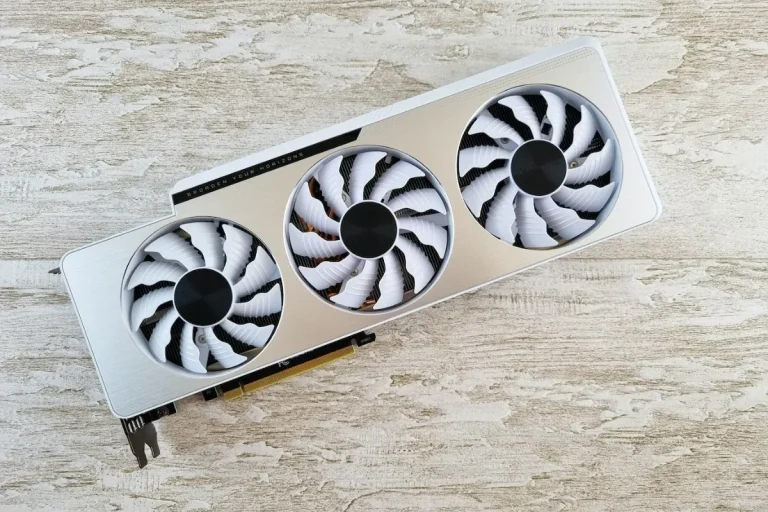How do I use HDMI on my graphics card?
Are you ready to take your graphics card to the next level? Discover the power of HDMI connectivity! In this guide, we’ll walk you through the simple steps to unleash the full potential of your graphics card by harnessing the magic of HDMI. Get ready for a visual experience like never before!
Checking Hardware Compatibility
Before you can enjoy the benefits of HDMI connectivity on your graphics card, it’s essential to ensure that your hardware is compatible. In this section, we will guide you through the process of checking hardware compatibility and verifying HDMI ports on your graphics card and monitor.
Step 1: Confirm Graphics Card Support
To begin, check if your graphics card supports HDMI connectivity. Start by referring to the manufacturer’s specifications or user manual. Look for information about HDMI support or HDMI outputs. If you’re unsure, a quick online search using your graphics card model can provide the necessary details.
Step 2: Identify HDMI Ports
Once you’ve confirmed HDMI support, it’s time to locate the HDMI ports on your graphics card and monitor. These ports allow you to establish a connection between the two devices. Look for the HDMI symbol, often resembling a trident, near the ports. If you’re unsure about their location, consult the user manual or refer to online resources specific to your graphics card and monitor models.
Step 3: Check for Physical Damage
Inspect the HDMI ports on both your graphics card and monitor for any signs of physical damage. Look for bent pins, debris, or any other visible issues that could affect the connection. It’s crucial to handle the HDMI ports with care to prevent any accidental damage. Avoid inserting or removing HDMI cables forcefully.
Step 4: Verify Monitor Compatibility
Ensure that your monitor supports HDMI input. Check the user manual or the manufacturer’s website for information on the supported input options. Look for HDMI among the listed inputs. If HDMI is not supported, you may need to explore alternative connection options like DisplayPort or DVI.
Connecting Your Graphics Card via HDMI
Now that you’ve ensured hardware compatibility and verified the presence of HDMI ports on your graphics card and monitor, it’s time to connect them and unlock the full potential of your graphics card. In this section, we will provide you with a step-by-step guide on connecting your graphics card via HDMI.
Step 1: Gather the Necessary Equipment
Before you begin, gather all the required equipment. You’ll need an HDMI cable that matches the HDMI ports on your graphics card and monitor. Ensure that the cable is of sufficient length to reach between the two devices comfortably.
Step 2: Power Down Your Devices
To prevent any accidental damage, it’s crucial to power down both your graphics card and monitor before making the connection. This ensures a safe environment for handling the cables.
Step 3: Connect the HDMI Cable
Take one end of the HDMI cable and insert it into the HDMI port on your graphics card. Make sure it is securely plugged in. Then, take the other end of the cable and connect it to the HDMI port on your monitor. Again, ensure a secure connection.
Step 4: Securely Attach the Cable
To avoid any cable disconnection or damage, make sure the HDMI cable is securely attached to both the graphics card and monitor. Gently push the cable connectors into the HDMI ports until they are firmly in place. Avoid applying excessive force or bending the cable.
Step 5: Power Up and Test
Once the HDMI cable is securely connected, power up your devices. Turn on your graphics card and monitor. They should now recognize each other, and you should see the display on your monitor.
Tips for Troubleshooting Common Connection Issues
If you encounter any issues with the HDMI connection, try the following troubleshooting tips:
- Ensure that both devices are powered on and correctly connected.
- Check if the HDMI cable is undamaged and properly plugged in.
- Confirm that the correct input source is selected on your monitor.
- Update your graphics card drivers to the latest version.
HDMI and Multiple Monitors
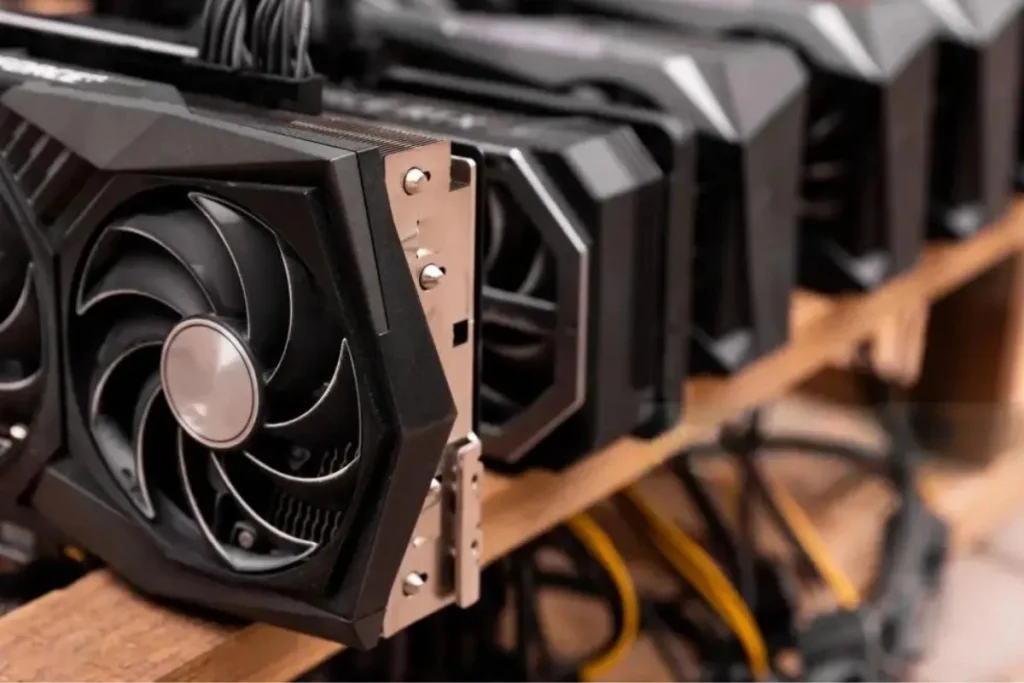
If you’re looking to expand your display setup and take advantage of the benefits of multiple monitors, HDMI offers a convenient and versatile solution. In this section, we will explore the options for multi-monitor setups using HDMI, discuss how to configure extended or mirrored displays, and address potential limitations and performance considerations.
Exploring Multi-Monitor Setups with HDMI
HDMI provides a straightforward way to connect multiple monitors to your graphics card. Depending on your graphics card’s capabilities, you can connect two or more monitors using HDMI ports. This opens up new possibilities for productivity, multitasking, and immersive gaming experiences.
Configuring Extended or Mirrored Displays
Once you have connected multiple monitors via HDMI, you can configure them to either extend your desktop or mirror your primary display. Extended displays give you a larger virtual workspace, allowing you to drag windows and applications across multiple screens. Mirrored displays duplicate your primary screen, showing the same content on all connected monitors.
Addressing Limitations and Performance Considerations
While multi-monitor setups offer numerous advantages, it’s important to be aware of potential limitations. One consideration is the graphics card’s capacity to support multiple displays simultaneously. Check your graphics card’s specifications to ensure it can handle the desired number of monitors.
Frequently Asked Questions
1: Can I connect my graphics card to a monitor using HDMI?
Yes, you can connect your graphics card to a monitor using HDMI. Most modern graphics cards come equipped with HDMI ports, allowing for a simple and convenient connection.
2: Do I need a special HDMI cable for my graphics card?
No, you don’t need a special HDMI cable for your graphics card. Any standard HDMI cable that matches the HDMI ports on your graphics card and monitor will work just fine.
3: Can I use HDMI to connect multiple monitors to my graphics card?
Yes, you can use HDMI to connect multiple monitors to your graphics card. However, the number of monitors you can connect simultaneously may vary depending on your graphics card’s capabilities. Check the specifications of your graphics card to determine the maximum number of displays it can support.
4: How do I configure multiple monitors using HDMI on my graphics card?
To configure multiple monitors using HDMI on your graphics card, right-click on your desktop and select “Display Settings” (Windows) or go to “System Preferences” > “Displays” (macOS). From there, you can arrange the monitors, set their resolutions, and choose between extended or mirrored displays.
5: What should I do if I’m not getting any display when using HDMI on my graphics card?
If you’re not getting any display when using HDMI on your graphics card, there are a few troubleshooting steps you can take. First, ensure that both your graphics card and monitor are powered on. Next, check if the HDMI cable is securely connected to both the graphics card and the monitor.
Conclusion
Utilizing HDMI on your graphics card is a simple and effective way to connect your monitor. With the right cable and configuration, you can unleash the full potential of your graphics card, whether it’s for gaming, productivity, or multimedia. Enjoy the seamless connection and enhanced visual experience!
